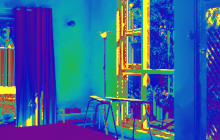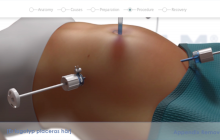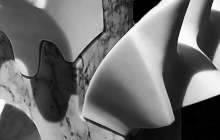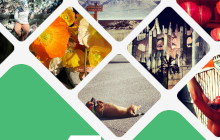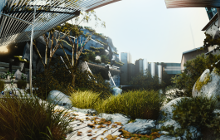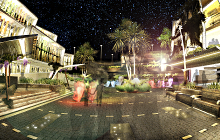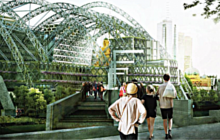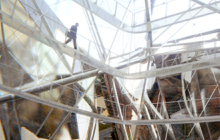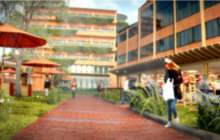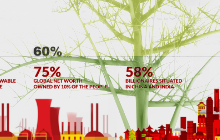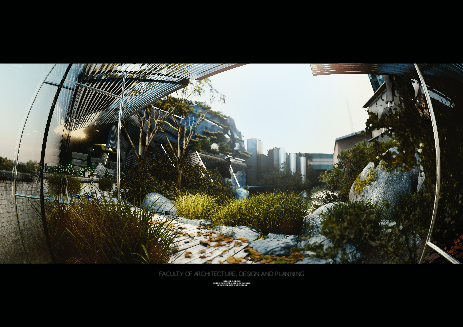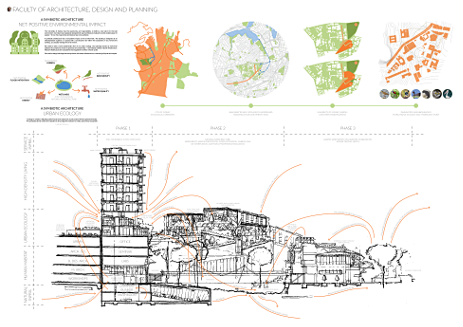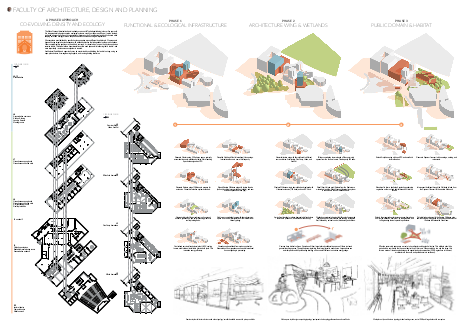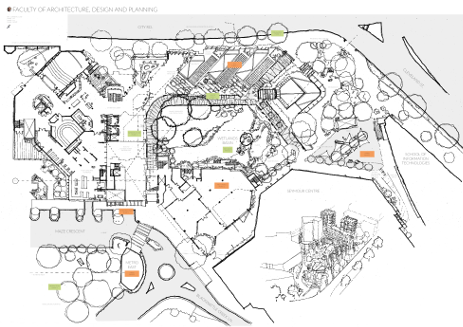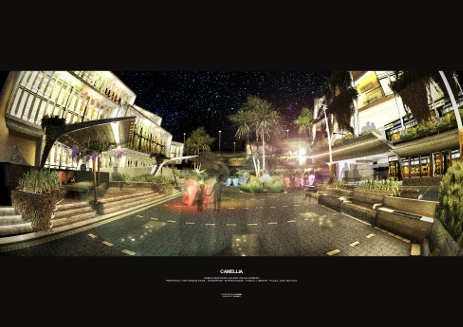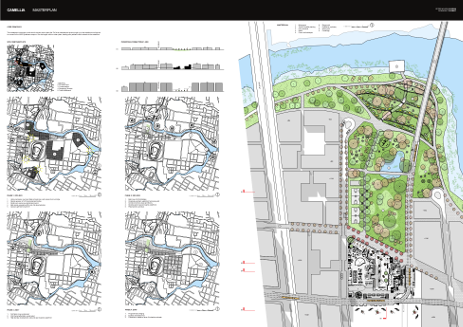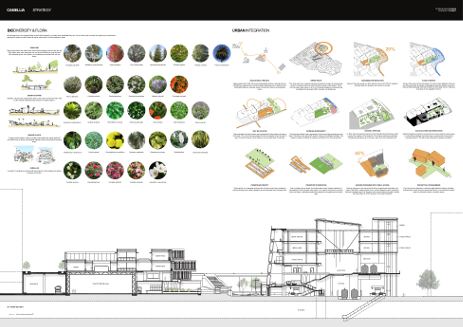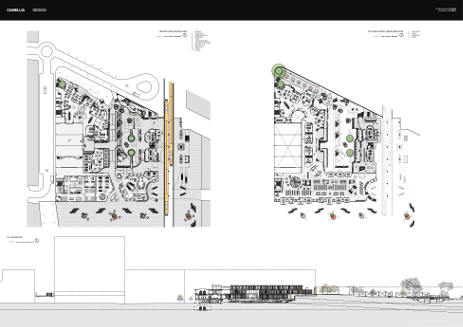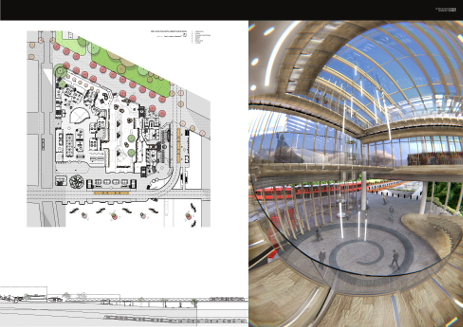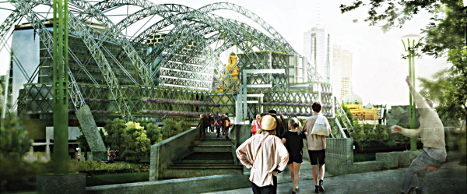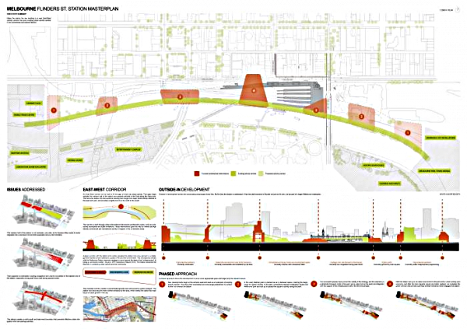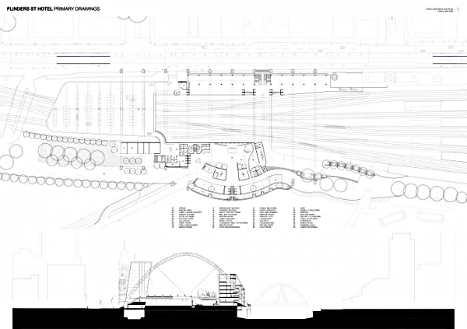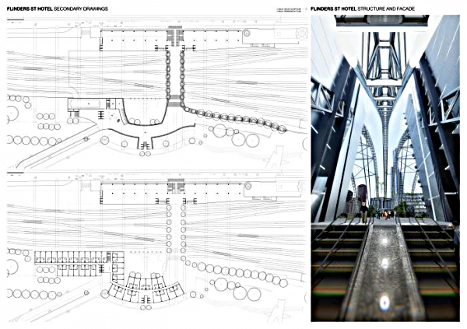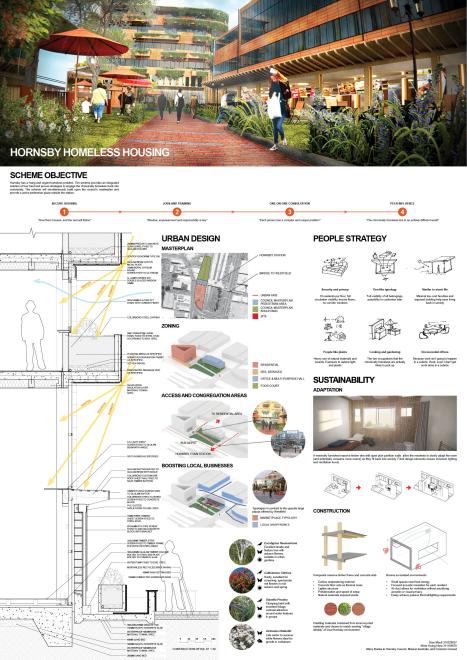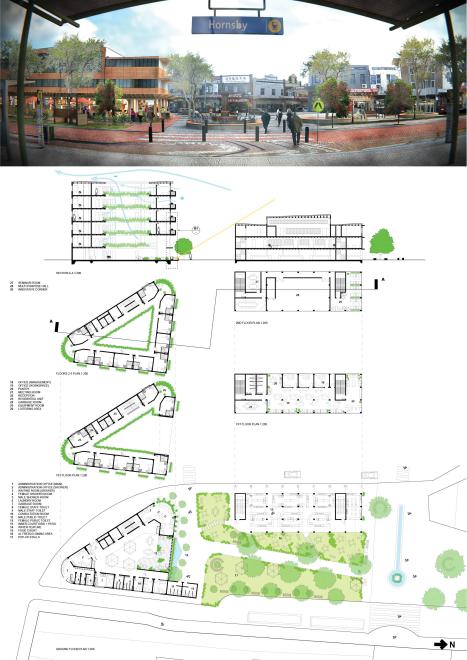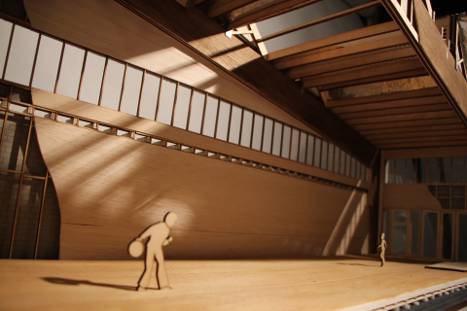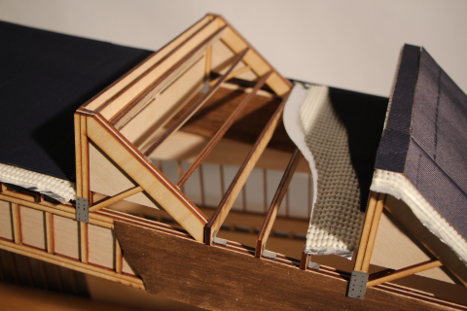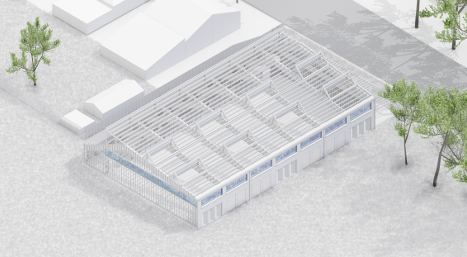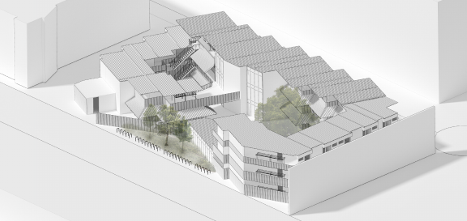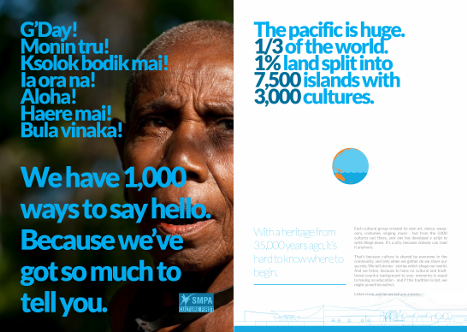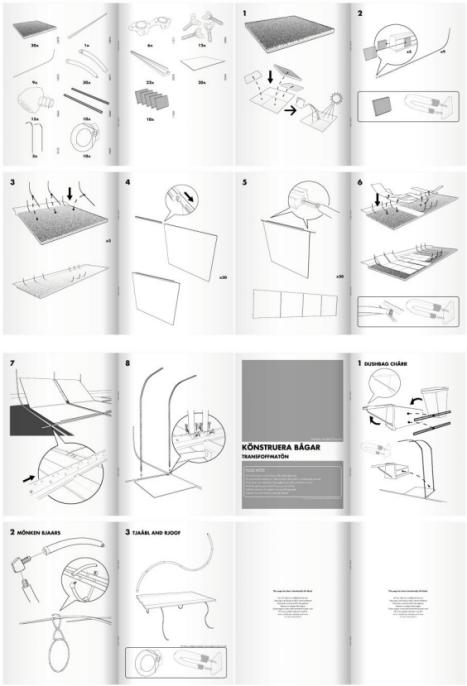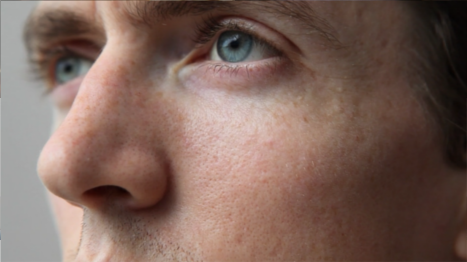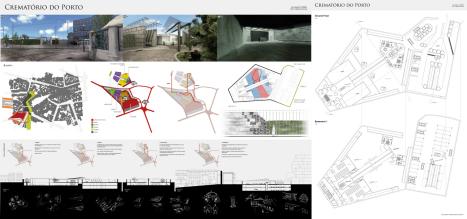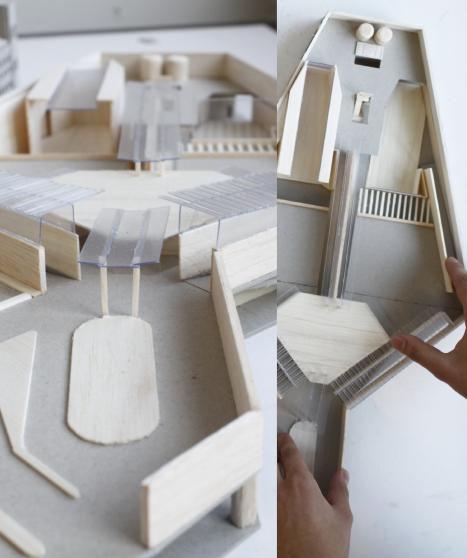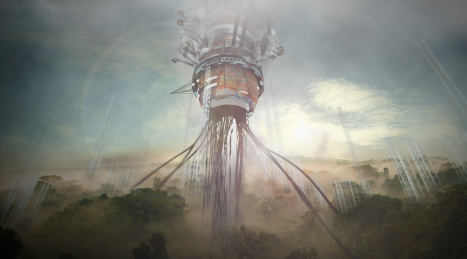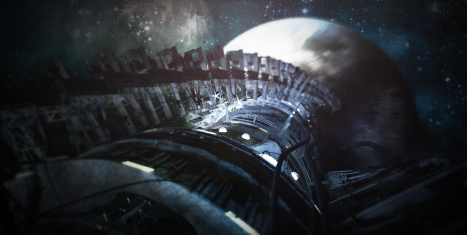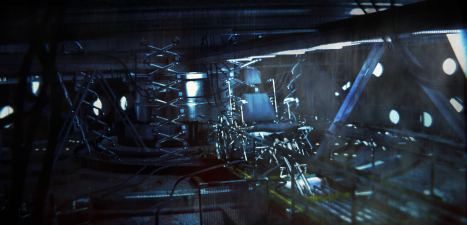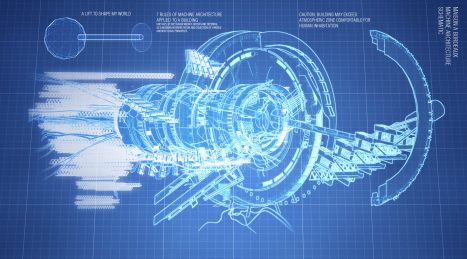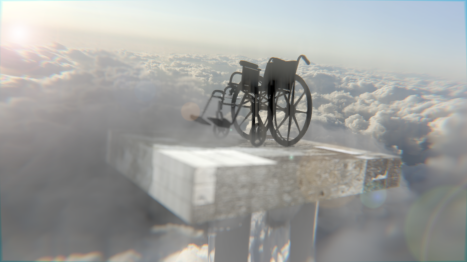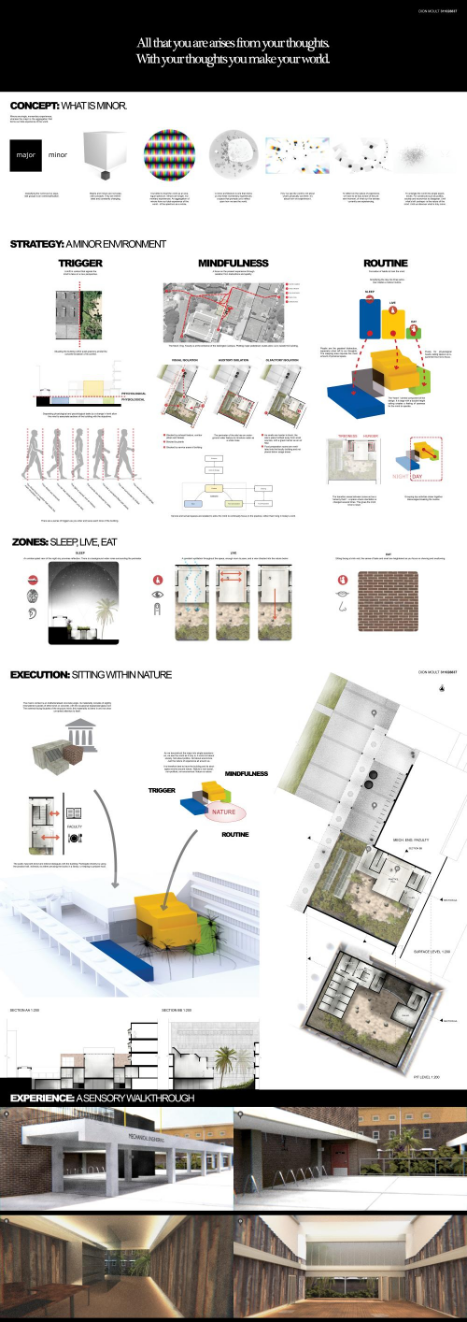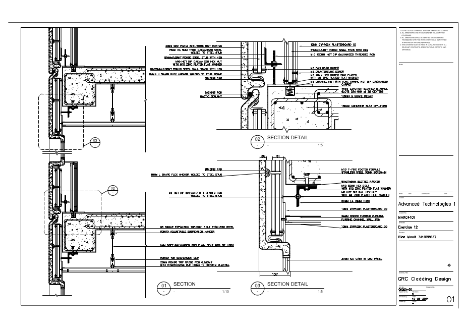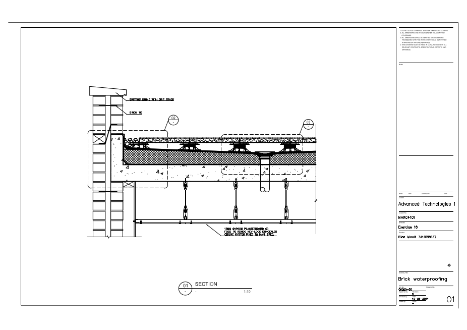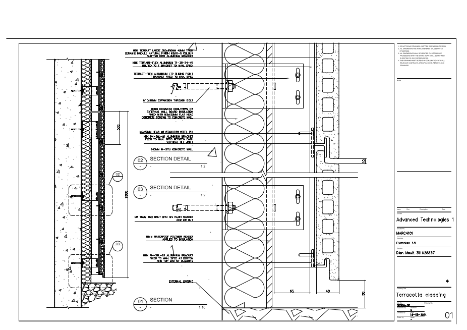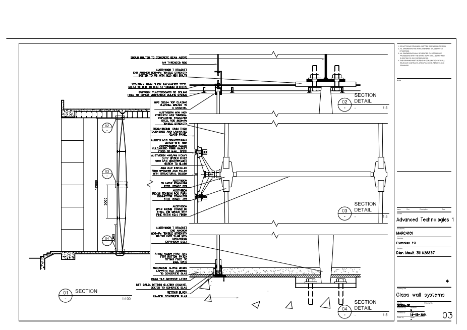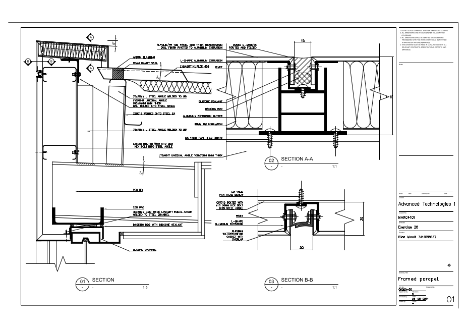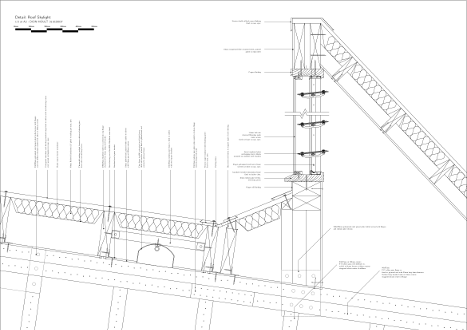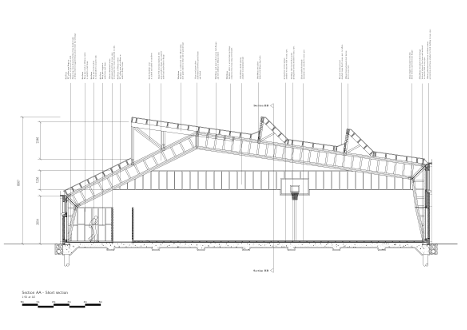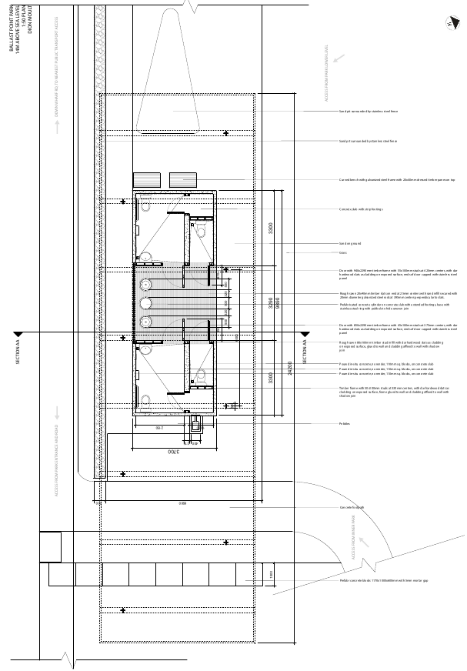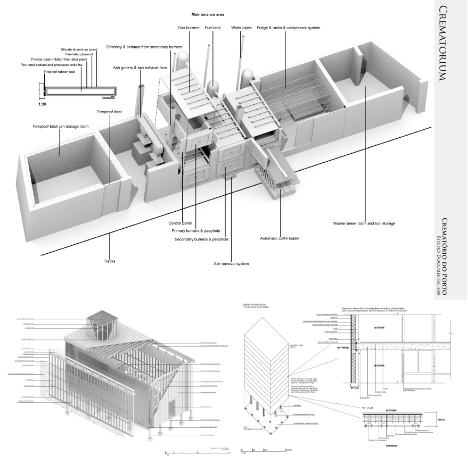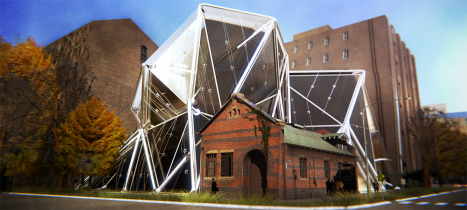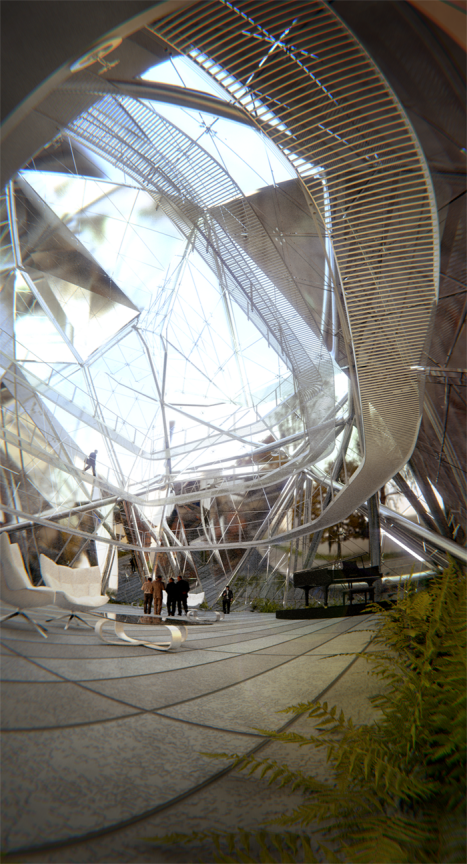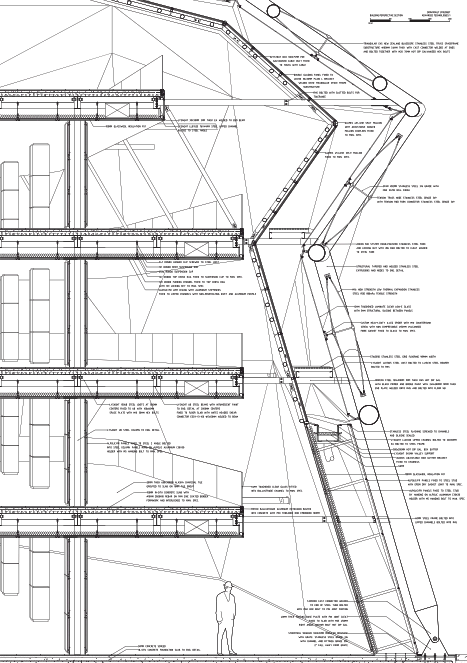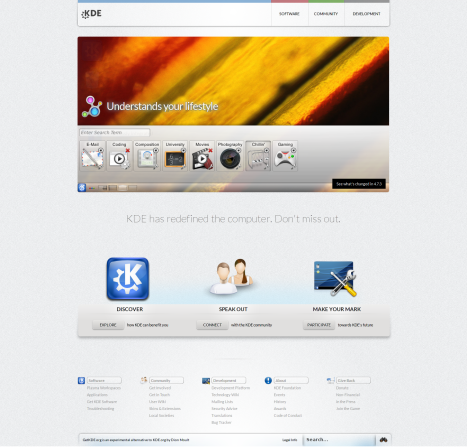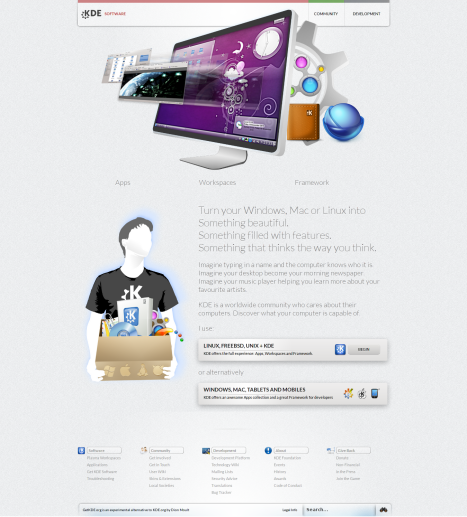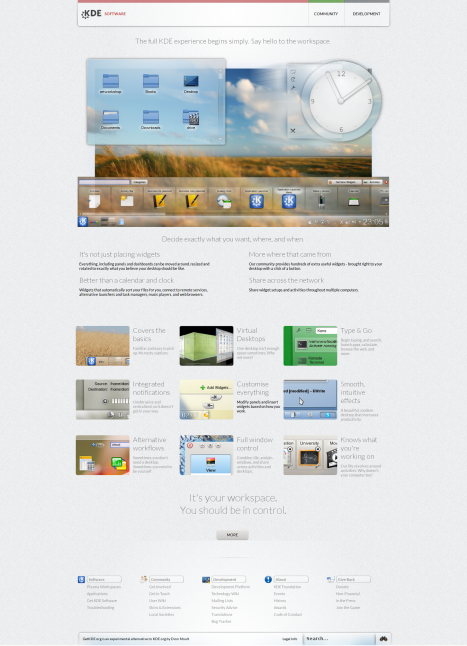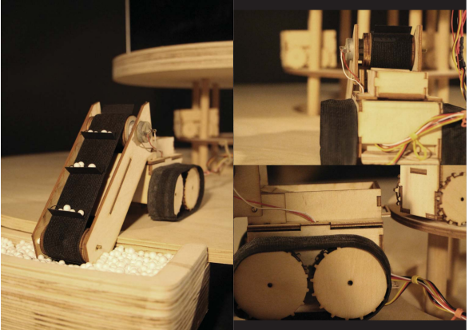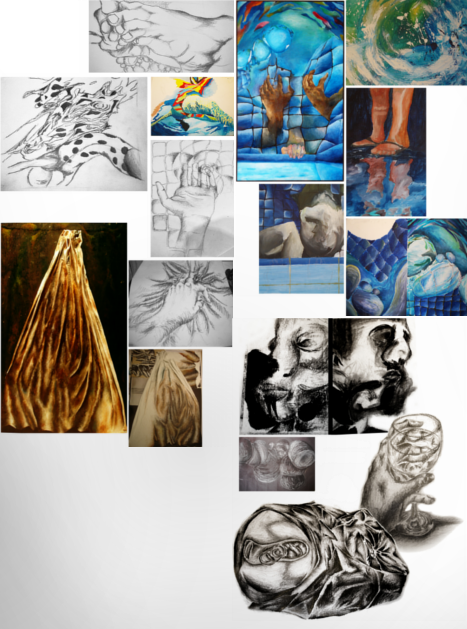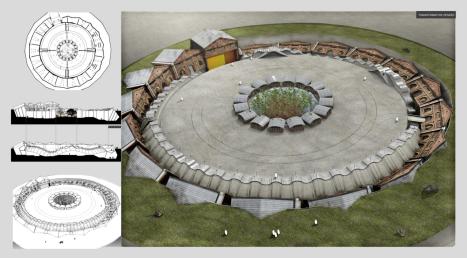










Edmondson Park Town Centre - 2016-2018
Edmondson Park is a new town centre in the Sydney South West for Frasers. Built next to the Edmondson Park train station, it has about 14 apartment towers, a shopping centre with major and cinema, medical centre, childcare, hotel, gym, 2 levels of basement carpark, park, surrounded by suburban sprawl.
The design borrowed principles from the successful town centre of Rouse Hill, with a shopping centre designed to be a "town centre" with pedestrian streets, and each building with its own "feel". The idea was to help decentralise the growth of the city by offering all the amenity and character of a town centre at your doorstep.
After the 75W, I helped produce three DAs for the project (as is the nature of client-driven design changes), and subsequently a tender (both residential and retail), residential marketing drawings, and retail leasing plans. Although I have worked on design and documentation for other retail projects, this was my primary project for a few years where I was involved in a major capacity. I coordinated services with all consultants, produced documentation, visualised designs, and interfaced with the client.
Many challenges were faced in this project. They include client management, the first residential project taken on by the company, the first Revit project for the retail sector (and consequent BIM issues), ADG compliance issues, council strategy, and many, many, design changes. The project team fluctuated from around 15 architects to just 2: me and one other. The project took up the better of 2 years of work, and resulted in well over a thousand A1 drawings, almost all of which I have touched.
The project is currently under construction. Please note that the first 4 fancy CGIs on the left were outsourced and not created by me.






